History
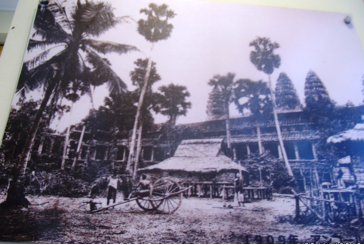
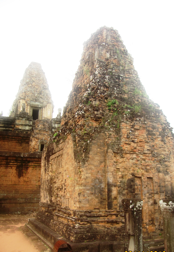
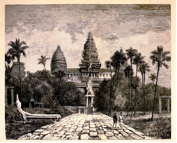
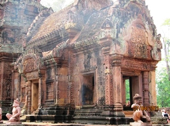
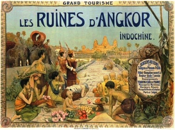
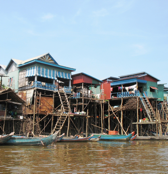
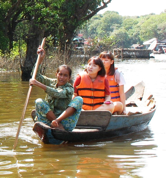
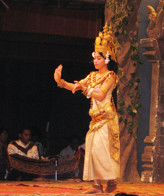
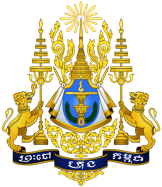
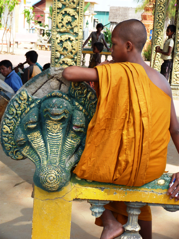
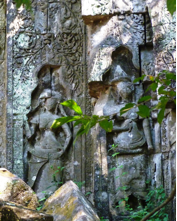
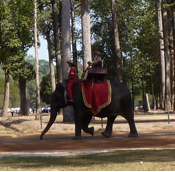
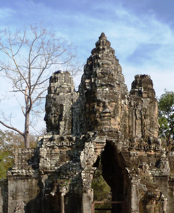
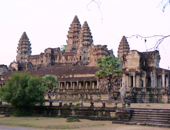
Learn Abut Cambodian History
Funan Period
The First civilization of Cambodia existed from the lst to 6th century in a state referred to as Funfair. This was the oldest Indian zed state in southeast Asia, and from this period Cambodia’s first written language called Sanskrit began. Influenced by Indian cultures, Fun accepted Hinduism as the state religion, which was latter converted to Buddhism. During your Angkor Wat tour, your guide will be happy to point out temple features that show this transition from Hinduism to Buddhism.
Angkor
From 9th to 13th century Angkor period existed. The period began with King Jayavarman II taking the throne in 802. At its peak, the Angkor empire extended from the border of Modern day Burma, east to the south china sea, and north to Laos.
Two of the of great Kings who built famous temples were King Suuryavarman II who built the world’s renowned Angkor Watt, and King Jayavarman II who led the construction of most of largest temples of Angkor, particularly the great city known as Angkor Thom.
The temple buildings show the success of those Angkor Kings. These temple complexes also featured a unique water control system that enabled rice cultivation for 3 times a year, and Angkor Wat became a wealthy empire.
As Angkor period ended, the principal city moved to Longneck, then to Outdoing and finally to the present day capital of Phnom Penh. The ruined halls of Angkor mark the collapse of Cambodia Empire, which resulted in invasion and ransacking by its neighbors including the Thais and Vietnamese from the 15th to 17th centuries. However the post Angkor era also brought about a rapid expansion of Theravada Buddhism, which is still practiced at Angkor Wat today.
From the Colonial Period through 1979
Things took a major change for Siem Reap when, in the 1847, Cambodia was colonized by France. In 1863, Cambodia agreed to protection from France they ruled Cambodia for nearly 100 years. Like other colonial countries, French introduced modern western government structure, education, courts and architectural styles on its land, thus one can see influence today as colonial buildings remain.
In 1945, the Japanese briefly owsted the French protectorate. After the defeat of Japan in World War II, the French returned and ruled until 1953 when Cambodia gained full independence from 1950 to 1960.
This independence did not last long however, and Cambodia was gradually overrun by communist Viet Minh troops from northern Vietnam beginning in the mid 1950s. In 1970 the Vietnamese war spilled over into Cambodia, and King Norodow Sihanouk was overthrown by General Lon Nol. The Lon Nol government was subsequently defeated by Khmer rouge forces and by the mid 70s it was under the rule of the Khmer rouge’s murderous leader Pol Pot. Cambodia embarked a dark period for more than 3 years of Khmer Rouge dominance. Your charming Angkor Wat tour guide can give a personal perspective on this period as he lost close family members during the Pol Pot regime.
During the Khmer rouge time the country’s entire infrastructure was completely destroyed. There was a huge drop in agricultural output and all aspects of modern life (education, trade, transportation communication ect.) were almost non-existent. This was the time of the famous “killing fields” and many Cambodians died as the result of starvation, disease and mass murder. Your Angkor Wat tour would not be complete if you miss the famous Landmine Museum that documents the legacy of this period.
In 1979, the Khmer Rouge were toppled by a Vietnamese backed movement. The People’s Republic of Kampuchea administered the country against the Khmer Rouge while they were driven back to the northern jungle in 1991, Paris peace accords were signed, and free and fair elections were organized
Modern Cambodia Emerges
In 1993 an internationally recognized Cambodia government headed by two prime ministers was created. The Monarchy was also reinstated with King Sihanouk installed as Head of State. Unfortunately the establishment of a new government did not mean an end to Cambodia’s civil war. Until 1997 there was continued fighting in some regions of the country.
Talks between ruling political parties took place in the capital of Phnom Penh until a cease fire was agreed to and the next national elections were administered by Cambodians themselves in May, 1998. After creation of the new Coalition government headed by Prime Minister Hun Sen, the much-loved King Sihanouk abdicated in favor of his son Sihamony in Oct 2004. Recently the retired King Sihanouk passed away and King Sihamony remains as titular head of state. It must be noted that it is the Senate that holds the real political power in Cambodia.
With the establishment of the Senate and the National Assemblies, Cambodia has experienced stability in terms of politics and economics. This stability allows Cambodia to be accepted as a member of ASEAN (the Association of Southeast Asian Nations) and permits much needed resources to be allocated for the modernization of Kampuchea.
Summary
The history of the Khmer people and their accomplishments, have left a legacy for the world to marvel at. The religious monuments they built stand as an eternal testimony to the ingenuity of the human mind. They serve as windows to a realm of timeless imagination, mystery and leave you in awe of the unbridled complexity and beauty of mankind’s search for meaning in life. Without question, the cultural heritage of the Khmer people far surpasses any of Cambodia’s modern day neighbors. Khmer’s historic, architectural achievements are on par with the wonders of the ancient Egypt.
The Angkor Wat temples have been designated as a world heritage site and are considered as one of the seven wonders of the ancient world. Due to the complexity of the merging of the many cultures that are expressed in these monuments it is important that a trained and experienced guide accompany your party so you may gain the best possible experience during your visit to Cambodia.